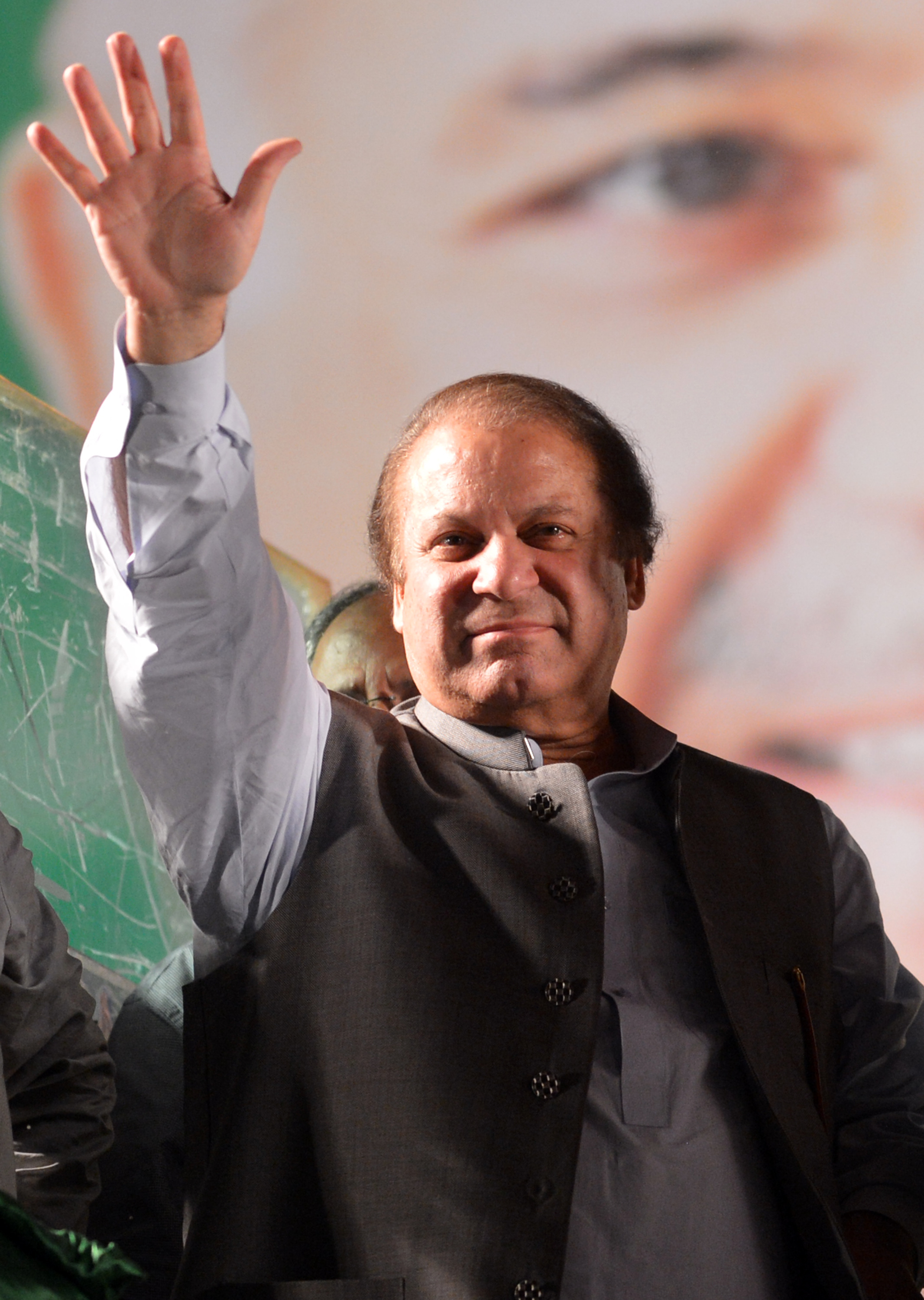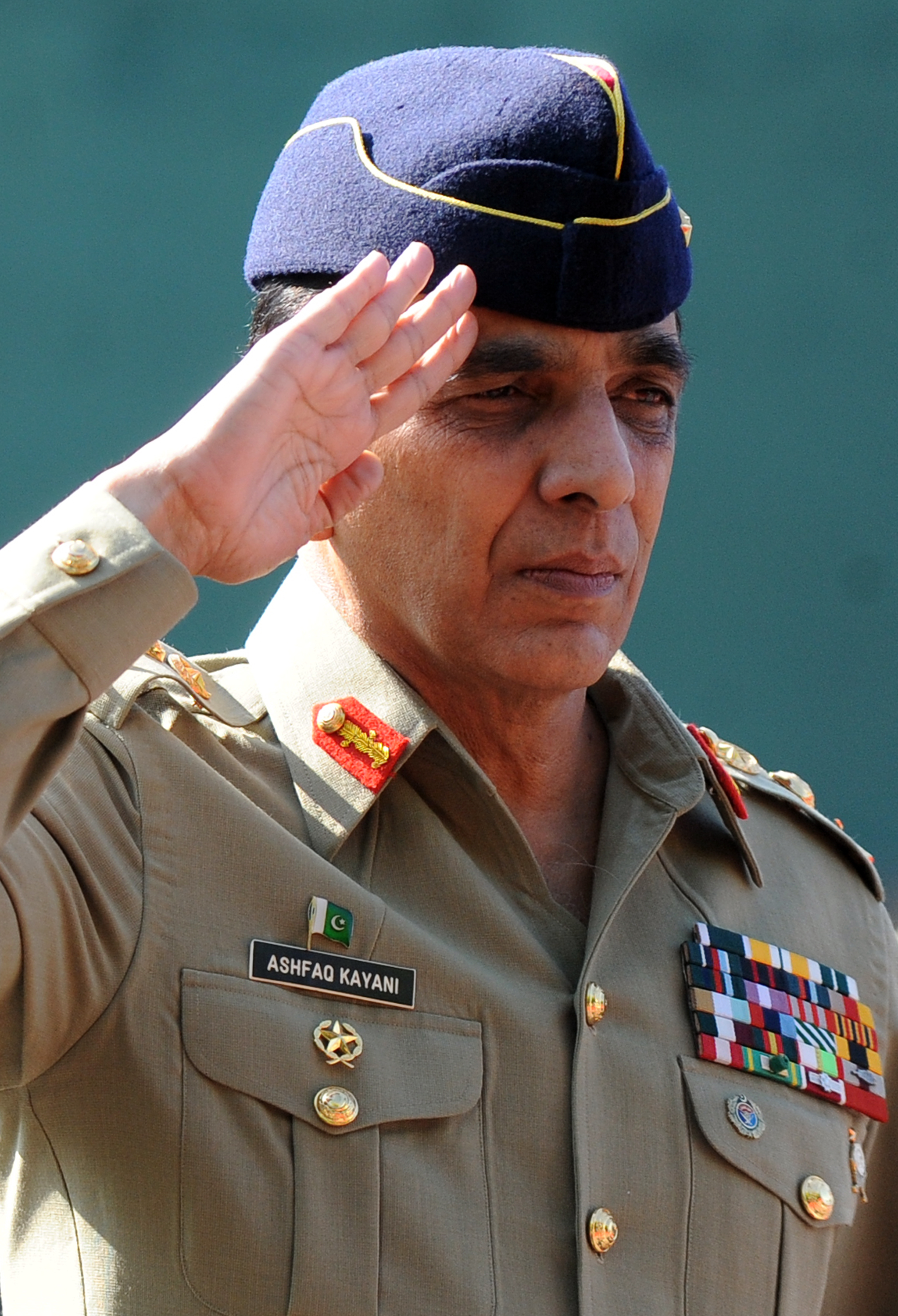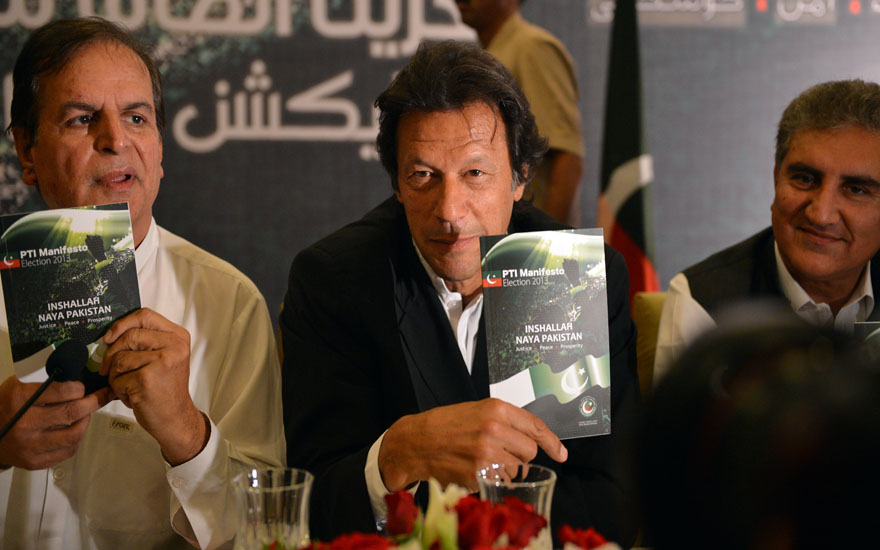Elections Foretold
By Syed Talat Hussain | Cover Story | Published 12 years ago
Elections are over, but for both the winners as well as losers, the results continue to resonate and rankle. Apart from the triumph of victory, the agony of defeat and amidst chants of rigging, the real reverberation is still about how the polls panned out as far as the results were concerned. Pakistan Tehreek-e-Insaf’s (PTI) top leadership is still trying to come to terms with the reality that their tsunami did not cross the Attock Bridge, the boundary between Punjab (the province they wanted to sweep) and the Khyber Pakhtoonkhwa, the province they have been entrusted with by the people to govern for five years. They had a dream. Up until the final moments before results started to pour out, the calls that Imran Khan was receiving on his hospital bed in Shaukat Khanum were all congratulatory. Almost everyone told him that he was on his way to becoming the prime minister of Pakistan.
“Khan had no doubt that he would walk out of bed and walk into the PM’s chair after the elections,” recalls a central party leader who did not want to be named. “The voter turnout was great and the candidates were all reporting healthy developments. Other than in Karachi, where Muttahida Qaumi Movement (MQM) had taken over polling stations, all else seemed as we had anticipated. Even I thought I was going to win,” he added. Needless to say, this PTI leader lost by a margin of 20,000 votes. Many of these expectations were built before the voters started to queue up on May 11. Floating on the high tide of public response in election rallies, Team Khan and their leader were sure that their moment had arrived.
Then came Khan’s near fatal fall from a forklift at a rally in Lahore, and the attendant benefit of the so-called sympathy wave. Many top leaders of the party wept as they watched scenes of Imran Khan tumbling down along with his bodyguards and then hours later sending out the message from his hospital bed about the need for voters to come out and seal victory for PTI.
“You do not know what a great impact this will have on the voters. The whole of Pakistan is praying for him. If there was one thing that Khan could do for the party, it was this message. Brave man!” said Jahangir Tareen, whom I met in the field in his constituency in Lodhran.
The next day in Lahore, Shah Mehmood Qureshi and Javed Hashmi gave similar assessments about their party’s prospects in the elections. “I will win all of my seats and the party is well set on the course of forming the government at the centre and in the province,” boasted the former foreign minister in a brief chat on his way to meeting Khan in the hospital. Though less cocksure, Hashmi was equally confident: “We have become a force to reckon with. I don’t think there is anything that is hindering us now,” he added to the thundering optimism of his party colleague.
 Data gathered from PML-N’s surveys was used to select candidates, fine-tune local party issues, resolve differences among competing political interests and work out deals with local power brokers. This homework yielded what was to later on to become a most amazingly accurate forecast about the number of seats the party would get in the elections.
Data gathered from PML-N’s surveys was used to select candidates, fine-tune local party issues, resolve differences among competing political interests and work out deals with local power brokers. This homework yielded what was to later on to become a most amazingly accurate forecast about the number of seats the party would get in the elections.
This booming optimism was also encouraged by the earlier in-house party assessments about each and every constituency of the crucial province of Punjab with its whopping 148 seats in the National Assembly. The inner core of the party had given Imran Khan an astounding tally of 80 seats out 148 and 26 out of the 35 National Assembly seats allocated for Khyber Pakhtunkhwa. “We were sure to be the number one party in terms of national assembly seats from both these provinces to the extent that there was debate in the party before the election about allocation of ministerial portfolios in the federal cabinet,” said a PTI source from Lahore. There is little information available about the formula that was used to assess the prospects of the party’s resounding victory in the elections, but from the looks of it, whatever the formula was, it certainly was not truly scientific and relied too much on the surge for PTI in the urban areas — the new voter phenomenon. It seems nobody paid attention to the large pool of traditional voters who, disenchanted by the Peoples Party (PPP) and the Pakistan Muslim League-Quaid (PML-Q), could possibly look for a more familiar political force to throw in their lot with, which in this case was the Pakistan Muslim League-Nawaz (PML-N).
This partly explains why the PML-N pavilion was confident about romping home with big numbers. “PTI will be a distant second,” said Shahbaz Sharif to this scribe weeks before the elections. “We have done our homework and we know what we are saying,” he added emphatically when he was asked whether this was his wish or his educated estimate. The homework that ‘N’ had carried out spanned a year-long exercise to map every constituency in the Punjab to figure out the total number of votes that PTI candidates could possibly muster.
“Khan had no doubt that he would walk out of bed and walk into the PM’s chair after the elections,” recalls a central party leader who did not want to be named. “The voter turnout was great and the candidates were all reporting healthy developments. Even I thought I was going to win.” Needless to say this PTI leader lost by a margin of 20,000 votes.
Based on three surveys with large samples, the data gathered was then used to select candidates, fine-tune local party issues, resolve differences among competing political interests and work out deals with local power brokers. Independent candidates were positioned where the party was weak and incentives were used to quieten down those elements who cut into the votes of potential winners and to hand down unexpected victories to weaker opponents. Apart from this arrangement, there was the time-tested pool of civil administration which, while it was redeployed by the weak-kneed interim government, was still considerably sympathetic to the N-League. All of this was over and above the usual strong-arm tactics that each candidate could possibly use to make a difference to the margins of victory and to ward off defeat. This homework yielded what was to later on to become a most amazingly accurate forecast about the number of seats the party would get in the elections. A week before the elections, three of PML-N’s top planners gave this scribe the following figures: Out of Punjab’s 148 seats, the League would get 105 at least. “After including the independents and a few seats from KP, the League will be able to form the government at the centre and in the Punjab. In Balochistan, there may be a mixed bag, but we would do well there as well,” said one of them. Asked about PTI’s prospects, first came the smirk and then the shot at the heart of tsunami hopes: “They will be lucky to cross 10 out of Punjab. In KPK, however, they will do much better.”
When this scribe shared some of these assessments with PTI leaders, they almost fell out of their chairs laughing. “No serious journalist would take these figures seriously and I am amazed that you are citing them to us. Is this a joke or what?” remarked one of them in an informal meeting in Lahore. As things turned out eventually, there were plenty of reasons to laugh after the election results emerged, but not for PTI.
This debate about which party would get how many seats was not igniting passion in these parties’ inner circles alone. Pakistan’s formidable establishment, the army, aided by the ISI and the MI, too was trying to figure out various scenarios based on assessments about the fortunes of all political parties. While out of the electoral fray for the first time in the history of the country in the sense of not controlling the strings of winners and losers, the army retains a deep knowledge and expertise in forecasting fairly accurately which way the elections could possibly swing.
“We have our means, not because we want to interfere in the process, but because we have to adjust and position ourselves according to the new political circumstances,“ said a senior commander rather defensively when asked why the army would be interested in performing such assessments. “These elections were a turning a point in our national history and we did not want to be taken by surprise by the outcome of this exercise,” he further explained.
 “Khan had no doubt that he would walk out of bed and walk into the PM’s chair after the elections,” recalls a central party leader who did not want to be named. “The voter turnout was great and the candidates were all reporting healthy developments. Even I thought I was going to win.” Needless to say this PTI leader lost by a margin of 20,000 votes.
“Khan had no doubt that he would walk out of bed and walk into the PM’s chair after the elections,” recalls a central party leader who did not want to be named. “The voter turnout was great and the candidates were all reporting healthy developments. Even I thought I was going to win.” Needless to say this PTI leader lost by a margin of 20,000 votes.
So what did the army find out? The corps commanders in their regular meeting before the elections were told by senior officials from the agencies that the elections were likely to be won by PML-N and the PTI’s prospects of a clean sweep looked “dim.” These assessments, shared by a top ranking military source, were done “dispassionately” and relied primarily on intelligence reports gathered over months. “The League was simply better prepared, with better candidates and more resources at its command. What is more, they had a party structure at the Union Council level that was more organised and better equipped to deal with election-day pressure. PTI’s organisation was in a shambles at the lower end and that, to us, made all the difference in determining who is going to win and who is going to lose,” said the source.
Post-elections, PTI leaders still do not buy these pre-election assessments. “These polls were fixed. We know it but we cannot prove it. The rigging is well-known but more than that is the way the chips were allowed to fall for each party. We got KP. The PPP has retreated to Sindh and possibly from there in the next polls it will be wiped out or dwindle to nothing. There is a strong government at the centre aided by a tyrannical majority of PML-N in the Punjab. In Balochistan, the nationalists have been mainstreamed. If you say that this is not according to some script then you might as well say that there is no design to the creation of the universe,” fumed a PTI central figure who lost badly in the elections in Lahore, from where he had hoped his party would bag 10 out of 13 seats. But whose script is it? “The establishment’s, of course. And let me tell you that Imran Khan shares these thoughts. In fact, the whole party does,” he added with much passion.
Clearly, these elections — like those before them — have produced a million tales of deceit and fraud, even if there is little evidence in support of both the unconvinced losers and the surprised victors. In the days ahead, these memories of battles lost and power gained would hang over the head of all governments. PTI will forever claim that their mandate was stolen while the PML-N will contend that their opponents were befooled by their own propaganda. The PPP, and to a lesser degree the Awami National Party, will blame the Taliban for being cornered and not allowed to contest on an even playing field. However, nothing will change the results and the fact that more people came out to vote in this election than ever before in national history since 1977 to shape an outcome that for some parties was the writing on the wall (read PML-N) and for others, not even a remote possibility (read PTI.)
The writer is former executive editor of The News and a senior journalist with Geo TV hosting a prime time current affairs program.



